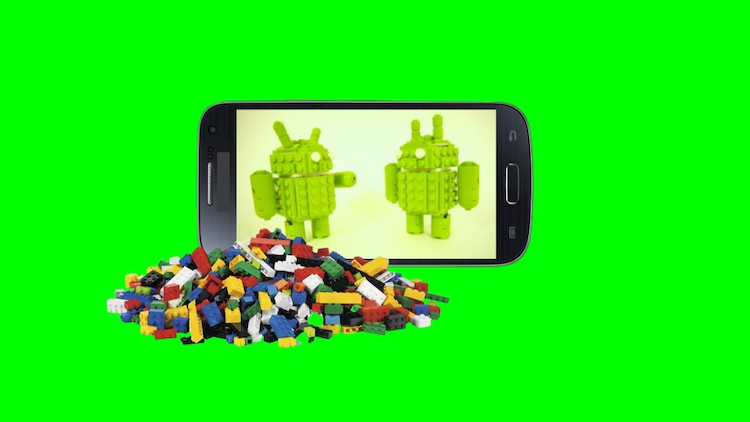
Build a soundboard app that catalogues and plays audio files in response to sensory input from the user.
☑ Coding by building Android apps with App Inventor
Have you had an idea for an app and wondered what to do next? With MIT App Inventor, you can take your idea to action – no programming experience required. It gives you building blocks that you snap together like LEGOs to build an app. You can have a basic app ready in under 30 minutes!
About App Inventor:
MIT App Inventor is the result of a collaboration between the Massachusetts Institute of Technology and Google. It has 8.2 M users in 195 countries who have built over 34 M apps with it. Just this month has had 890.1 K active users. Applications include Artificial Intelligence, Internet of Things and Cloud Computing.
Examples of apps built include: a pedometer app to count and report daily footsteps; an app to monitor the home garden, detect when plants need watering and irrigate them from anywhere in the world; an app that learns to play rock-paper-scissors using machine learning; the only limit is your imagination!
About the Series:
In Craft with Code, participants learn by doing, growing skill by developing apps of increasing complexity through a series of courses. In each course, I introduce a new app and show you how to build it step by step. In the process, I introduce new software concepts. You will apply the concepts to bring your own ideas to life in the course project. All the code from a course is available to you to download and use in your projects.
You will need a laptop or desktop with a web browser and an Android Phone. I use a MacBook Pro with Opera browser and a Google Pixel phone. You will need a Google account to sign up and sign in. App Inventor runs in the browser, so there is nothing to install to get started developing apps.
About this course:
In the project, you will build a soundboard app. This is a type of app catalogues and plays audio files with sensory input from the user. You will make an app that has at least two audio files that the user can select from using the touch-screen and/or a sensor.
Credits:
I want to thank Prof. David Wolber who is my inspiration for jumping on-board MIT App Inventor and taking the technology out to others. His Course-in-a-box teaching materials are the foundation on which I built this course. And I want to thank the folks at MIT for this project.
Let’s rock and roll.
English
Language
Introduction
Resources
WHY App Inventor
Demo of “I Have a Dream” App
Introduction
Live Demonstration
App’s Design
Craft the App’s Look in Designer
App’s Code
Code the App in Blocks
Update the Code to Play Only One Recording at a Time
Core Concepts
Core Concepts – Event-Driven Pattern
Core Concepts – Layouts
Core Concepts – Sensor Integration
Project
Project